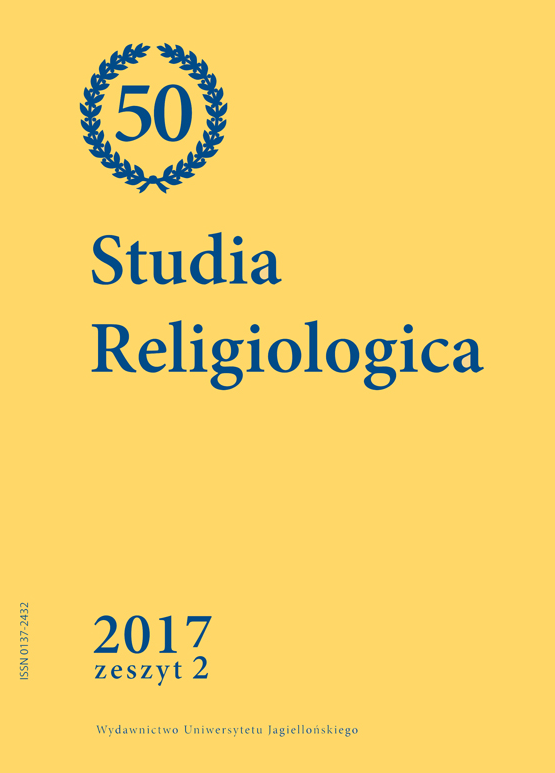Vedic Ritualism and Advaita Vedānta Monastic Institutions in Kerala
Vedic Ritualism and Advaita Vedānta Monastic Institutions in Kerala
Author(s): Olga NowickaSubject(s): Customs / Folklore, Theology and Religion, Indian Philosophy, 6th to 12th Centuries
Published by: Wydawnictwo Uniwersytetu Jagiellońskiego
Keywords: Vedic sacrificial tradition; śrauta ritual; agnicayana; Kerala; Nambudiri Brahmins; Vedic altars; fire ritual; Śaṅkara; Advaita Vedānta monastic institutions; Trichur;
Summary/Abstract: According to Kerala legends, around the 9th century, direct disciples of the philosopher Śaṅkara established four Advaita Vedānta Maṭhas in Trichur in Kerala, thereafter appointing Nambudiri Saṃnyāsins as heads of these religious institutions. What is peculiar about these monasteries is the prescription according to which Trichur Maṭhas were, and still are, intended only for Nambudiri Brahmins, and moreover only for Nambudiris from specific families who keep the Vedic sacrificial tradition. However, the Advaita Vedānta doctrine was not a current concept among Nambudiri Brahmins. Presumably, in the medieval period it was the mīmāṃsā schools of Bhāṭṭa and Prābhākara which were favoured among Nambudiris. Nevertheless, the appropriation of the Śaṅkaric model of monasticism somehow seemed to be an alluring modus operandi for the aristocracy of the Nambudiri community to gain considerable power.
Journal: Studia Religiologica. Zeszyty Naukowe Uniwersytetu Jagiellońskiego
- Issue Year: 50/2017
- Issue No: 2
- Page Range: 163-171
- Page Count: 9
- Language: English

